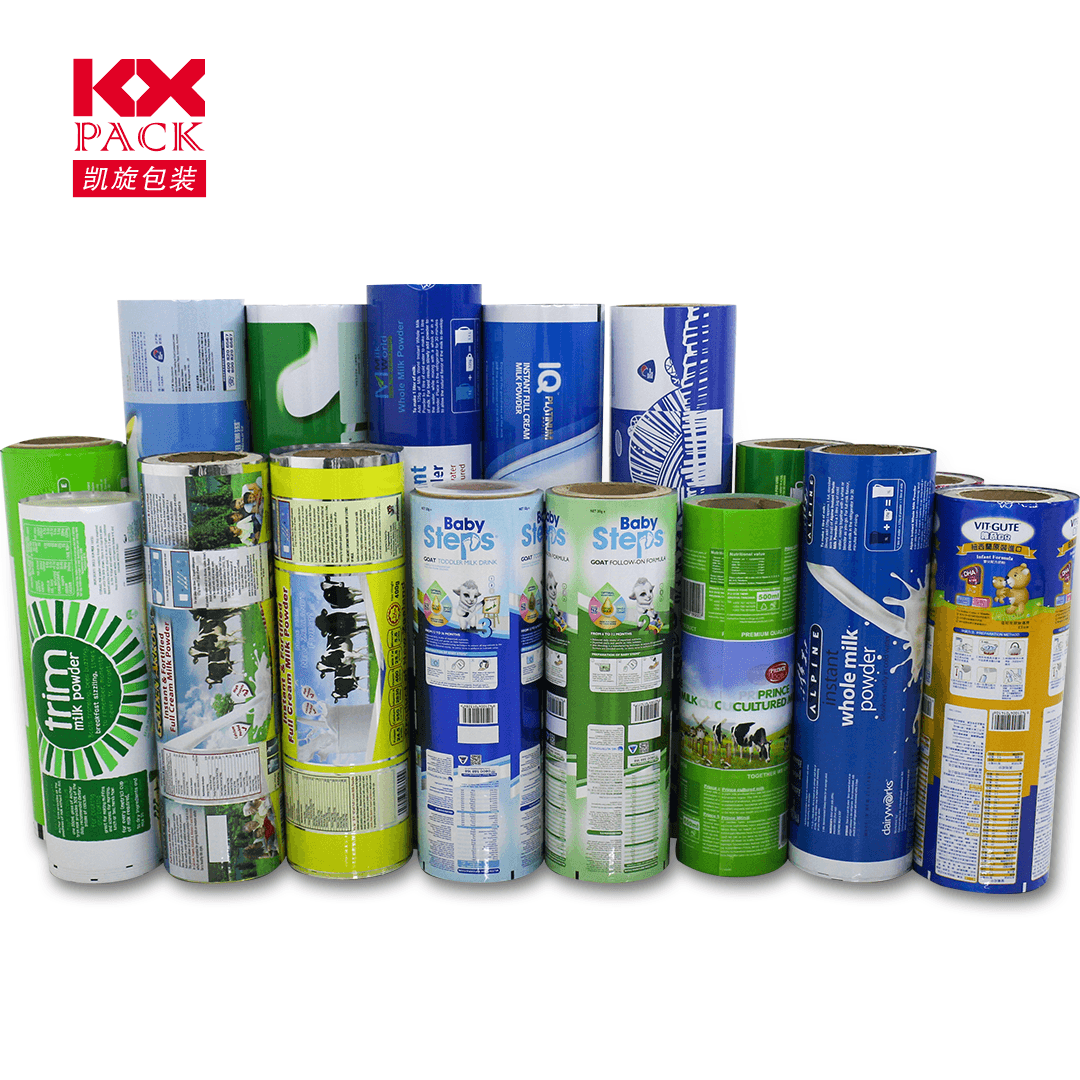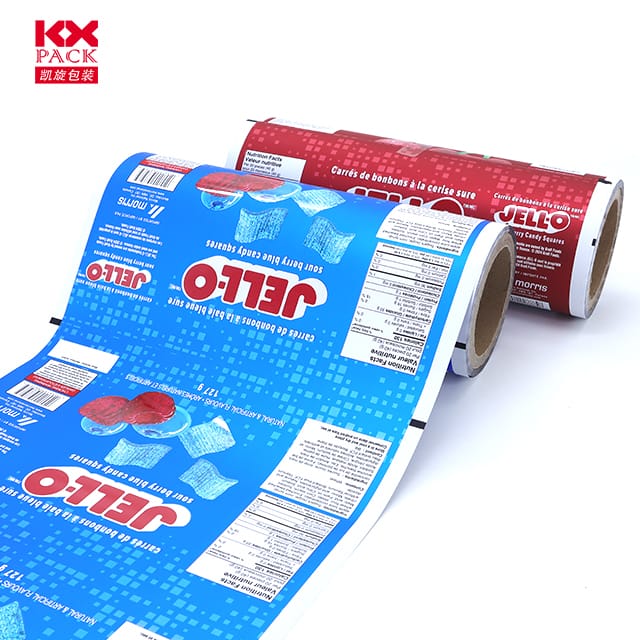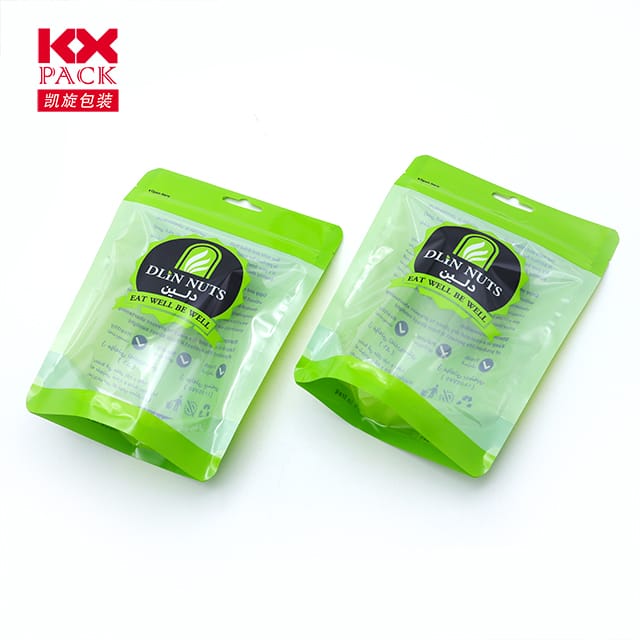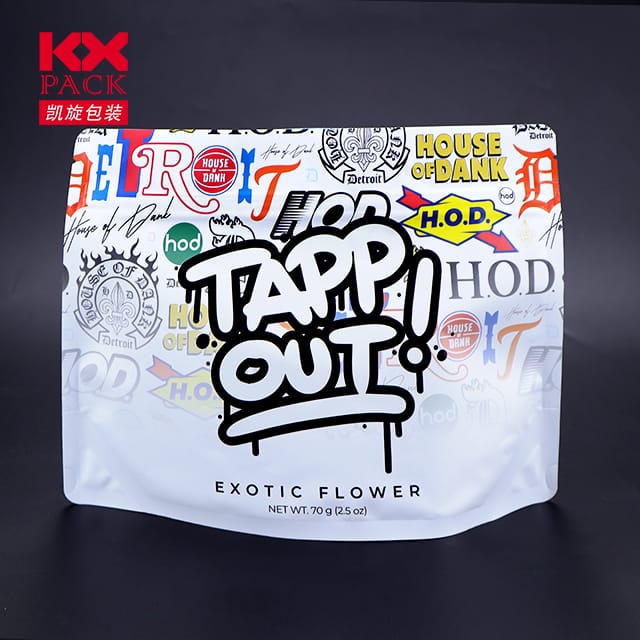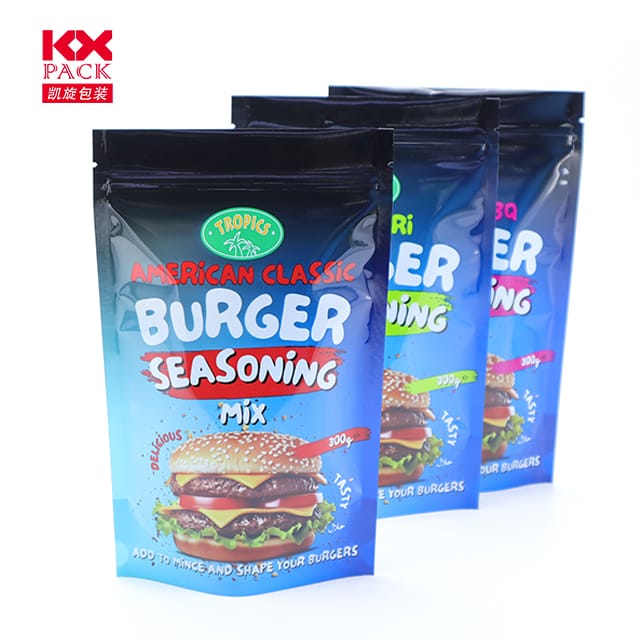Окончательное руководство по фильму об упаковке с едой: Типы, Использование, и экологически чистые альтернативы (4)
Фильм с едой
Укладываете ли вы остатки, Приготовление еды, или сохранить закуски свежими, Фильм с едой (Также известен как Cling Film, полиэтиленовая пленка, или саран упаковка) кухонный продукт. Но с растущей обеспокоенностью по поводу пластиковых отходов и химической безопасности, Как вы можете выбрать правильный вариант для ваших потребностей при минимизации экологического вреда? Let’s dive into the world of food wrapping films, from traditional choices to sustainable swaps.
What Is Food Wrapping Film?
Food wrapping film is a thin, flexible plastic sheet designed to create an airtight seal around food, предотвращение порчи, потеря влаги, and contamination. It’s commonly used to wrap sandwiches, cover bowls, or store cut fruits and vegetables. While convenient, not all films are created equal—material, толщина, and safety certifications vary widely.
Types of Food Wrapping Film
- ПВХ (Поливинилхлорид) Фильм
- Плюс: Affordable, clingy, and transparent.
- Минусы: Contains plasticizers (like phthalates) that may leach into food, особенно жирные или кислые продукты. PVC is also non-recyclable and harmful to the environment.
- ЧП (Полиэтилен) Фильм
- Плюс: Safer than PVC (BPA- and phthalate-free), microwave-safe, and recyclable in some areas.
- Минусы: Less clingy than PVC, so it may require double-wrapping.
- PVDC (Поливинилиденхлорид) Фильм
- Плюс: Excellent barrier against oxygen and moisture, keeping food fresher longer.
- Минусы: Rarely used today due to environmental concerns; often replaced by PE or eco-friendly alternatives.
- Биоразлагаемые/компостируемые пленки
- Made from plant-based materials like cornstarch, целлюлоза, or sugarcane.
- Плюс: Breaks down naturally in compost systems, reducing plastic pollution.
- Минусы: Often pricier and may not cling as well as traditional plastics.
How to Choose the Right Film
- Safety First: Opt for PE or plant-based films labeled “food-safe” and free from BPA, фталаты, and PVC.
- Purpose: For long-term storage, choose a thicker film with a strong seal. For quick wraps, a lightweight PE option suffices.
- Устойчивость: Prioritize recyclable or compostable brands if possible.
Eco-Friendly Alternatives to Plastic Wrap
Concerned about plastic waste? Try these reusable and sustainable options:
- Пчелиные обертки: Made from cotton coated in beeswax, these wraps are washable, компостируемый, and perfect for covering bowls or wrapping cheese.
- Силиконовые продовольственные покрытия: Долговечный, герметичный, и посудомоечная, безопасная, silicone lids fit snugly over bowls and containers.
- Стеклянные контейнеры: Invest in leak-proof glass containers with lids for meal prep and storage.
- Fabric Covers: Elasticized fabric bowls covers are breathable and machine-washable.
Pro Tips for Using Food Wrapping Film
- Avoid Microwaving Plastic Film: Heat can cause chemicals to leach into food. Use PE film or switch to microwave-safe silicone covers.
- Wrap Food Properly: Press the film tightly against the food’s surface to eliminate air pockets, which speed up spoilage.
- Store in a Cool Place: Heat can weaken the film’s seal and cause it to melt.
The Future of Food Wrapping
Innovations like edible food films (made from starch or seaweed) and smart packaging that detects spoilage are on the horizon. Тем временем, brands are increasingly offering recyclable or compostable options to meet consumer demand for sustainability.
Последние мысли
Food wrapping film is a kitchen essential, but choosing the right type matters—for your health and the planet. While traditional plastics offer convenience, eco-friendly alternatives like beeswax wraps and silicone covers provide a greener, reusable solution.
What’s your go-to method for keeping food fresh? Share your tips or favorite sustainable swaps in the comments below! 🌱🍴

